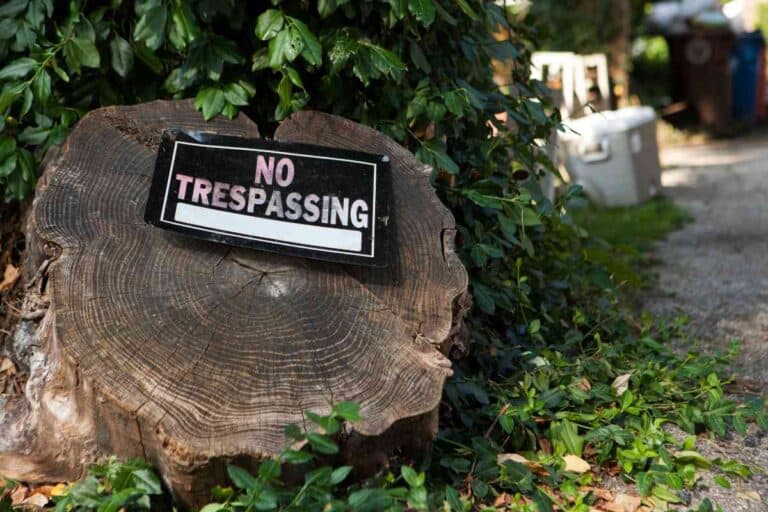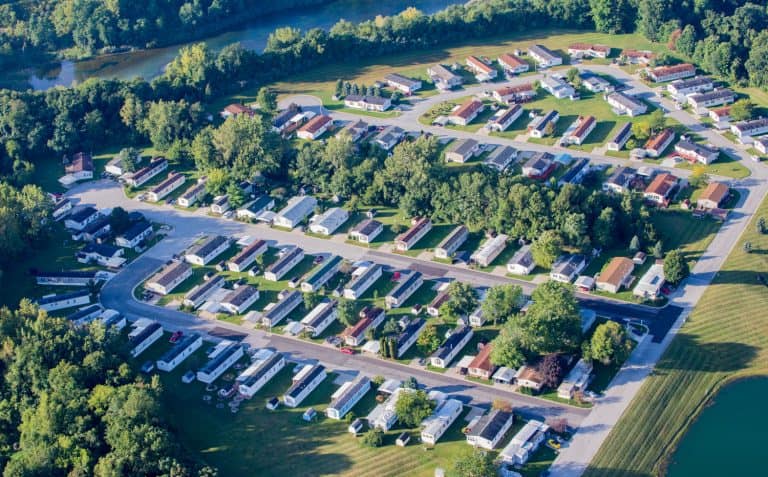Can a Mobile Home on a Permanent Foundation Be Moved?
Mobile homes have evolved to make them comfortable full-time residences. When designed to meet HUD safety regulations, these homes are ideal for living in all year round. Besides that, they offer the convenience of moving when you switch jobs or want to explore a new area.
Can you move a mobile home with a permanent foundation?
Can a Mobile Home on a Permanent Foundation Be Moved?
A mobile home on a permanent foundation cannot be moved. With a permanent foundation, the homes are permanently fixed onto the foundation as soon as they are built or later as a retrofit.
There are two types of foundations for mobile homes; permanent foundations and non-permanent foundations. For non-permanent foundations, such as slabs and piers, the contractor uses tethering bolts to secure the home to the foundation. When you need to move, you will only remove the bolts and the home is free to attach wheels and move across the country.
For a permanent foundation, the mobile home is fixed to the foundation, such as a basement or pit foundation, permanently. There is no way to detach the home without destroying the foundation and some components of the home.
Read on to learn more about these permanent foundations for mobile homes.
What Does It Mean for A Mobile Home to Be on a Permanent Foundation?
A permanent foundation for a mobile home refers to a foundation constructed on-site and the mobile home fixed to it permanently. Unlike a non-permanent foundation, the mobile home cannot be unscrewed from the permanent foundation and transported across the country.
The most common type of permanent foundation is a finished or an unfinished basement. Basements anchor your home on the ground and also provide additional living space for your small home. You can use the basement as a store, as a garage, for gym equipment, and for recreational purposes.
The HUD has set guidelines on the installation of a basement for mobile homes. You will require a contractor to do the installation from the digging stage to fixing the home. To start the process, you will need to detach the home from the non-permanent foundation and then move the home.
Your home can stay suspended in the air, about 6 feet up, where it will stay during the entire installation process. The contractor will dig a ramp that gives access to the area underneath the home with a skid steer. It can take almost a week to dig up the basement if you only use one machine.
So much dirt will come from the basement of your mobile home. Once the digging is done, the contractor will make the foundation for the basement and then the siding. They will remember to add the piping, electrical fittings, and air conditioning fittings as needed during construction.
Once the basement is done, the contractor installs metal beams that will hold the mobile home in position and then lower the home. They will then do the exterior finish work to hold everything into position and then finish the interior.
If you ever want to move your home, you will have to undergo some of these processes, which can take a lot of time and resources.
Homes with a permanent foundation are considered real property. Once you add the foundation, you can request for the home to be re-classified from a mobile home to real property. The home becomes one with the foundation, and you can take a mortgage on the home or refinance since it is considered a real home.

Can You Put a Permanent Foundation Under a Mobile Home?
You can put a permanent foundation under a mobile home. However, you have to move the home from the mobile community park. Additions, such as a basement and any other major additions have to be authorized by HUD to first show that the home meets the regulations set by the Manufactured Housing Act.
Get a certification from HUD that shows your home is fit as per the set building standard codes. The certification also allows you to add any other structures around the mobile home. You will also apply for a permit to move the home on your property from where you will add the basement.
As you apply for the certification, apply for the re-classification of your home. Re-classification requires that you have land where the mobile home will sit. Once you have all these, apply for a building permit before you start the work.
Building a permanent foundation can take a few weeks, depending on the design you choose. If you go with a basement, you may need up to a month or more, depending on the size of your home. Note that, once your home is re-classified as real property after adding a permanent foundation, you will not be able to move it.
Permanent foundations are expensive to install. Compared to a simple pier and beam, a basement will cost you almost the price of a new mobile home. You will spend between $10 and $25 per square foot constructing an unfinished basement and between $30 and $100 per square foot for a finished basement. The cost can be as low as $20,000 to as much as $200,000, depending on the size of your home and the style of the basement.
What Is a Permanent Chassis?
The mobile home chassis is a steel frame that forms the skeleton of the mobile home. This steel chassis will last for so many years. The chassis is the part that is supported by the foundation, and it goes from all the way to the ground and supports all other parts of the home.
On the lower part of the home, the chassis is attached to metal or wooden piers and blocks. You may also have a concrete slab foundation to hold the chassis.
The chassis keeps the home in good condition when it moves from place to place. You can move the home several times across the country, and it will still be in good shape.
How Do You Move a Mobile Home?
Moving a mobile home requires that you have a permit and a certificate from the country treasurer showing that your home does not have any unpaid taxes or any violations of set laws. The home needs to be inspected to show that it is in good condition to move. The laws of moving a home and issuance of a permit are different from one state and one county to another.
You will need to search for the laws of moving your mobile home in your county. Once you have a permit, you will need to hire a mover. When moving a mobile home, there is nothing like working it out alone.
There are several moving companies for homes. You need to take your time to choose the moving company as these companies are not all the same. For the home to move, it needs to be up to code. Even if the home was built before the HUD codes were put in place, you will need to upgrade it until it meets the set regulation.
Homes built before 1976 will have a challenging time meeting the codes, but you can still modify them as long as their chassis is in good condition. Note that, some counties prohibit the movement of very old mobile homes.
Closing Thoughts
Adding a permanent foundation under a mobile home gives you several advantages. For starters, your home is able to handle heavy items, such as grand piano and gun safes. The home is also reclassified as real property, and you are able to apply for a mortgage or refinance on the home.
The home will also be more stable against winds and bad weather conditions. It will cost you a lot, but it will be advantageous to you.






